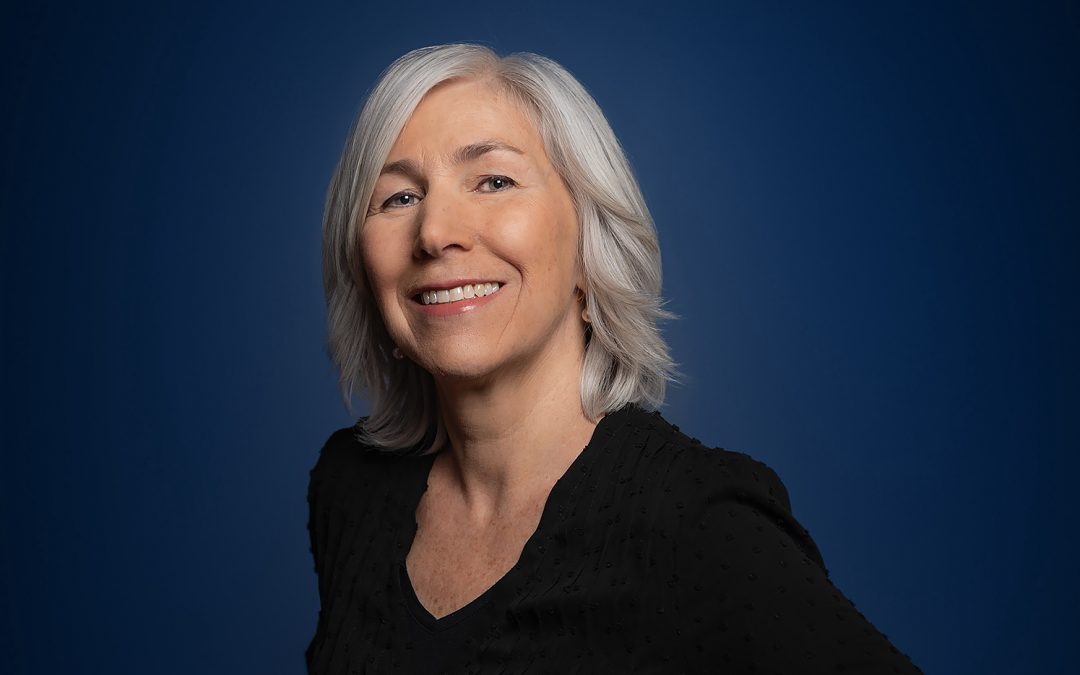
Senior Scientist and Professor Cheryl Arrowsmith has been at the forefront of research into human proteins for over 20 years. By investigating protein interactions that are known to cause cancer, her team of UHN and U of T researchers helped develop early-stage leukemia drugs together with the Ontario Institute for Cancer Research (OICR).
Every time we learn more about a protein, we have the potential to discover new targets for drug discovery and development which can have massive benefits to the population.
The Significance of the Human Genome
In a Toronto lab, Dr. Cheryl Arrowsmith is filling in a map. It doesn’t lead to any geographical destination, but when completed, the treasure it leads to will rival the fortunes of legends past; cures for diseases and the promise of improved health outcomes.
The human body contains more than 20,000 protein-encoding genes, the vast majority of which we still don’t know much about. What we do know is that, almost all of them in some way or another, can be linked to disease. All the cells in our bodies are powered by proteins, which are controlled by genes. When something goes wrong with these proteins, cells can become dysregulated or overactive, resulting in disease. For this reason, the scientific community recognizes the crucial importance of understanding every gene for the discovery of more effective medicines for patients.
Professor Arrowsmith, who also serves as Chief Scientist of the Structural Genomics Consortium (SGC), is leading a team of researchers to better understand these proteins.
“These are the proteins that drugs act upon. When you can identify which specific protein is related to a disease, it opens up new avenues of research for early-stage drug discovery,” said Professor Arrowsmith. “Our team at SGC is leading Canada’s efforts in a global initiative called Target 2035, with the goal of developing a drug-like modulator of every human protein by the year 2035. It is a gargantuan project that requires a global effort, and Canada can lead the way. If we’re successful, I think it would revolutionize the field of drug discovery.”
Pinpointing Proteins
Professor Arrowsmith has firsthand experience on the road from protein research to new drug discovery. In 2016, she led a team of scientists and experts in precision medicine at UHN and U of T, and the Ontario Institute for Cancer Research (OICR), who were investigating the WDR5 protein as a potential new drug target.
The WDR5 protein was known to be involved in cancer but researchers didn’t know enough about it to target it effectively with drug therapy. The team hoped that producing a chemical probe modulator of the protein could help scientists better understand the therapeutic potential of inhibiting WDR5 and fuel early-stage drug discovery efforts. These drugs could be a game changer for Canadians – nearly 230,000 of whom were diagnosed with cancer in 2021 and almost 7,000 of whom were diagnosed with leukemia in the same year.
After successfully producing a chemical probe, experiments across the world followed – from the United States to Austria – which validated that the protein was a valuable target for new drug development, with applications ranging from breast cancer to leukemia.
Leveraging Toronto’s Bioinnovation Ecosystem
Speaking about the factors that allowed for the successful development of early-stage leukemia drugs, Professor Arrowsmith gives credit to Toronto’s unique bioinnovation ecosystem.
“Toronto is one of the largest biomedical research centres in North America, if not the world,” said Professor Arrowsmith. “The great thing about Toronto is you can find an expert in almost any disease or biological process – it’s as easy as going up an elevator or across the street to collaborate with a world-leading expert.”
Canada is a great place to do leading biomedical research – especially in Toronto because you can conduct research in a lab, trial drugs and treatments with hospitals, and engage private sector partners all within the Toronto ecosystem. The discovery of WDR5’s therapeutic potential is a perfect example – the Ontario Institute for Cancer Research is located in the same building as Arrowsmith’s Labs.
This unique ecosystem allowed researchers from UHN, U of T and the OICR to visit each other’s labs to discuss findings, collaborate on long-term projects and leverage experts from nearby hospital partners.
Looking Ahead
As Chief Scientist of the Structural Genomics Consortium (SGC), Professor Arrowsmith continues to work towards producing chemical probe modulators of all 20,000 proteins by 2035.
Collaborating with a network of global research partners and pharmaceutical companies based in Sweden, Germany, the United Kingdom and United States, Professor Arrowsmith is leading research efforts in Canada as the head of SGC-Toronto. Government support for research – both basic science and targeted medical research – is critical to these efforts.
“These are exploratory, high-risk projects but they can have massive benefits,” Professor Arrowsmith explained. “Every time we learn more about a protein, we have the potential to discover new targets for drug discovery and development that can have significant implications for patients’ health. Deep knowledge of human proteins, and chemical probes to modulate their activity, helps drug discovery researchers understand which proteins to steer away from to avoid toxicity and side effects.”
The discovery of mRNA technology in the 1960s was one example of experimental research – the first vaccines from which would not be developed for another 50 years. However, investing in basic science made possible the development of COVID-19 vaccines in record time, saving thousands of lives and allowing our economy to reopen.
Research into the WDR5 protein made possible the discovery of new leukemia drugs. Exploring the 20,000 other human proteins could hold the key to life-saving research into many diseases, especially rare diseases where greater understanding of proteins is required. Professor Arrowsmith’s work reminds her every day that mapping and modulating the products of the human genome – the human proteome – is an important bet for Canada to take.
Prof. Cheryl Arrowsmith
Chief Scientist of the Structural Genomics Consortium (SGC)
Senior Scientist at the Princess Margaret Cancer Centre, UHN
Professor of Medical Biophysics at the University of Toronto

